Female composers’ concert
6pm • 1 July 2024 • Nickson Room


6pm • 1 July 2024 • Nickson Room

Welcome and introduction
The House that Jack Built Mel Orriss
Eline van Bruggen • Narrator
Amanda Wong • Flute 1
Belinda Wong • Flute 2
Corina Palafox • Alto flute
Aillsa Abbott • Bass flute
Variations on ‘Bonny Sweet Robin’ for flute, oboe and piano
Belinda Wong • Flute
Jordan Blake • Oboe
Smyth
Yuniasri Aisyah • Piano
Brownhill Creek in Spring Miriam Hyde
Robert Baillie • Piano
Centre for Two Violas
Sophia Mackson • Viola
Alexander Arthur • Viola
Theme and Variations for Flute and String Quartet, Op. 80
Amanda Wong • Flute
Kaia Scheidler • Violin 1
Jeanne Lombard • Violin 2
Mackson
Beach
Alexander Arthur • Viola
Ella O’Neill • Cello
Threat Suite Winter Scott i. Children ----------------15-minute interval----------------
Bianca Dwyer • Vibraphone
Kaia Scheidler • Violin 1
Jeanne Lombard • Violin 2
Ran Luo • Violin 3
Alexander Arthur • Viola
Ella O’Neill • Cello 1
Emily Winter • Cello 2
Lauren Folster • Trumpet
James Rourke • Horn 1
Caterina Micola • Horn 2
Trio for piano, flute and cello Op. 45
i. Allegro Deciso
iii. Scherzo
Corina Palafox • Flute
Cameron Fuller • Cello
Yuniasri Aisyah • Piano
Romanze Op. 21, No. 1
Angela Mai • Piano
Poems II and III
Emily Winter • Cello
Anh Bui • Piano
An Gàëlic Tiodhlac (A Gaelic Offering)
i. Ròs Bothan (Rose Cottage)
ii. Céile Teagamhach (The Doubtful Wife)
Corina Palafox • Flute 1
Belinda Wong • Flute 2
Aillsa Abbott • Flute 2
Amanda Wong • Flute 3
Louise Farrenc
Clara Schumann
Sally Greenaway
Catherine McMichael
Eline van Bruggen • Flute 4
La Danse Frédéric Chopin
arr. Pauline Viardot
Eline van Bruggen • Voice
Mac Johnson • Piano
The March of the Women
Elisha Chen • Piano
Cassandra Barnett • Soprano
Eline van Bruggen • Soprano
Ziqi Liang • Soprano
Annabelle Julien • Alto
Charlotte Jones • Alto
Beth Allen • Alto
Aarya Dath • Tenor
Jenson White • Tenor
Nic Wallace • Bass 1
Ethel Smyth
Riley Morton • Bass 1
Tim Nielson • Bass 2
Jacob Fowler • Bass 2
The House that Jack Built is an infectiously fun and spirited new take on the traditional English nursery rhyme. Featuring a narrator, mixed flute quartet and percussion, the piece explores the
Mel Orriss
Following an extensive and successful career as a flautist, Orriss’ passion for arranging and composing led her to co-found the music publishing company, Wonderful Winds, in 2010. Her works have helped build a global reputation for excellence in the company and provided inspiring ensemble music for wind players worldwide.
Orriss studied flute at Chetham’s School of Music and then at the Guildhall School of Music and Drama with Peter Lloyd and Kathryn Lukas. As
capabilities of flute and speech to portray various characters. The story is revealed and developed as more characters are introduced; be sure to listen out for them!
a student, she was a semi-finalist in the BBC’s Young Musician of the Year Competition and also toured with the European Community Orchestra.
In addition to running Wonderful Winds, Orriss now teaches flautists of all ages, coaches flute ensembles and woodwind groups, and is the Assistant Conductor and Woodwind Coach of the Devon Youth Orchestras.
Belinda Wong and Amanda Wong
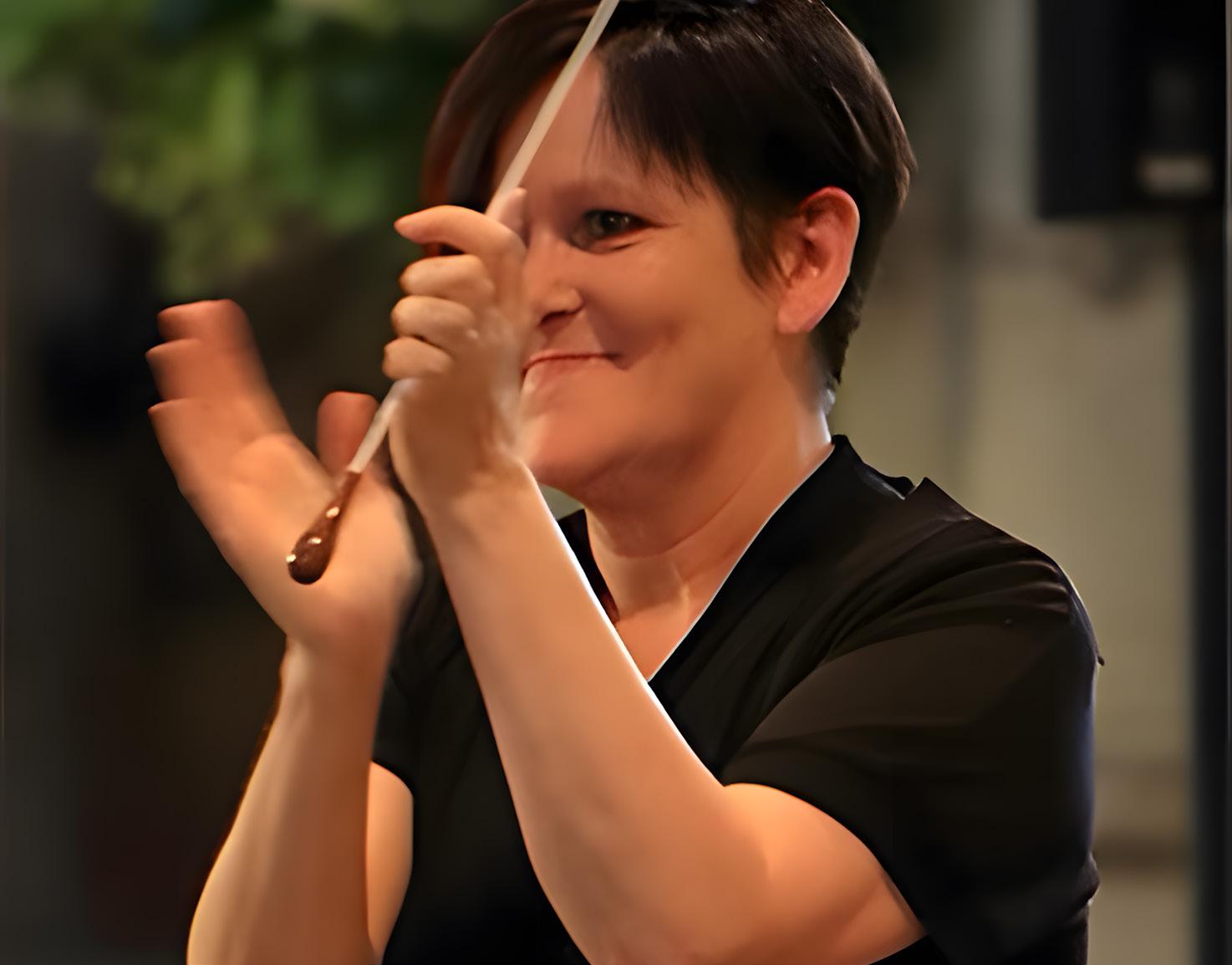
Composed between 1925 and 1927, Variations on Bonny Sweet Robin (Ophelia’s Song) for flute, oboe and piano was one of Smyth’s final works. With its modernist idiom, modal harmonies and frequent musical flourishes, including piano glissandi, the piece demonstrates a level of innovation and creativity remarkable for a composer then approaching the age of 70, whose formal training had been undertaken half a century previously.
Ethel Smyth (1858-1944)
British composer Dame Ethel Smyth was a composer, conductor, author and suffragette. Raised during the Victorian age, Smyth fought against societal restrictions that said a woman should not have a profession. Smyth insisted on an education, on performances of her works and on having her works published. She was one of the early 20th century’s most original and controversial voices in classical music and social politics.
In 1910, Smyth gave up music for two years to devote herself to fighting for women’s suffrage in the Women’s Social and Political Union (WSPU). She composed the anthem of the WSPU and suffragette movement, The March of the Women
Ethel Smyth was defiantly queer. Although she became known for her proclivity for relationships,
Bonny Sweet Robin (alternatively known as My Robin is to the Greenwood Gone) is an English or Irish air dating back to the Renaissance. The original ballad lyrics have been lost, but it is referred to by the character of Ophelia in Shakespeare’s play Hamlet. She sings the final line of the tune, For bonny sweet Robin is all my joy, during her madness.
she maintained an independent, unmarried life. She was unabashedly attracted to women while also maintaining a decades-long, long-distance relationship with librettist Henry Bennet Brewster, which lasted from 1884 until his death.
Smyth’s composing and conducting career came to a premature end before the 1920s as she started to develop hearing loss, which eventually led to her becoming completely deaf. However, she found a new interest in literature and published ten highly successful, mostly autobiographical, books between 1919–1940. In 1922, Smyth became the first female composer to be awarded a damehood for her contributions to music and writing.
Belinda Wong
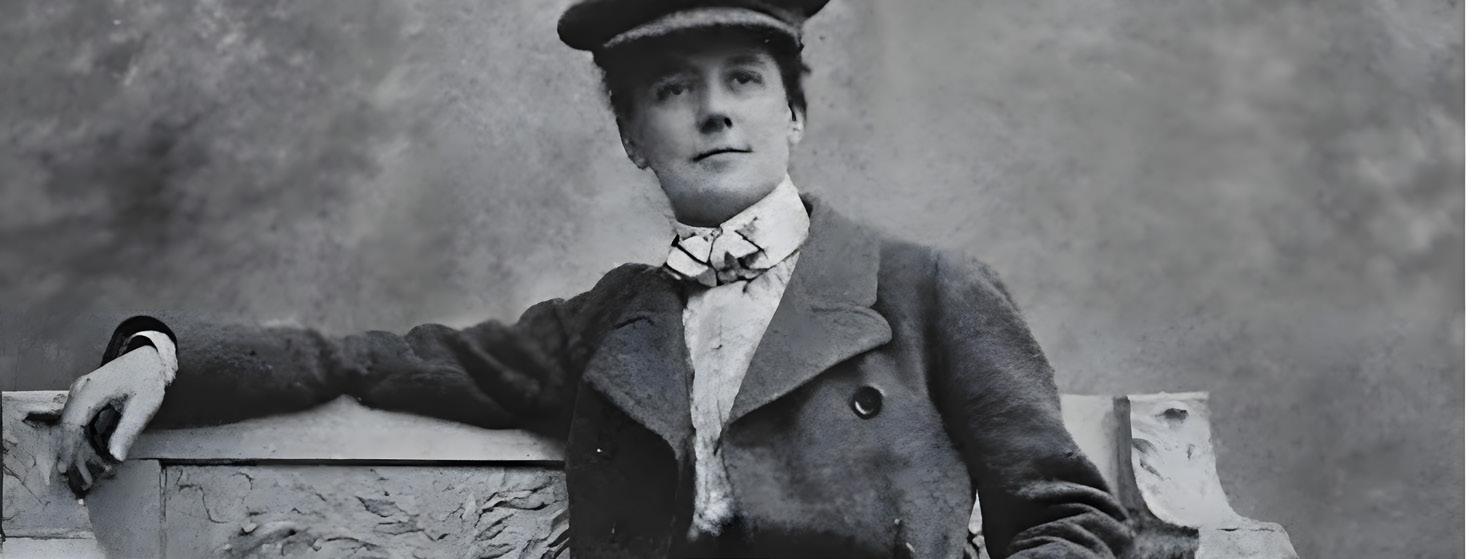
Brownhill Creek in Spring represents some of the more technically demanding writing in Hyde’s catalogue. Within the piece, much of the music is gesturally based to represent the sounds and visual aesthetics of different wildlife and fauna.
Brownhill Creek in Spring was written during the war years while Hyde’s husband was a prisoner in Germany. It was inspired by a watercolour of the Adelaide foothills by Esmond George. Hanging
Miriam Hyde (1913-2005)
Miriam Beatrice Hyde was an Australian composer, classical pianist, educator and poet. Recognised for her prodigious ability at a young age, she premiered both of her piano concertos with the London Symphony Orchestra at the respective ages of 20 and 21. Shortly afterwards, she relocated to her home country and eventually made her way to Sydney, where she spent several decades as a composer, examiner and educator. Miriam Hyde is remembered chiefly for her monumental pedagogical work and contributions to the Australian Music Examinations Board (AMEB). Her writing was diverse in intent,
where it can be seen from the piano, the painting reminds Hyde of the place of its creator’s birth. The creator has attempted to convey the element that the painting cannot capture - the sounds of the running creek and occasional birdcalls. The middle section has a different mood and colour, expressing the intimate walks and the purple blush of the weed in Adelaide called Salvation Jane.
Miriam Hyde, 1986
including educational materials and repertoire for pianists of all abilities.
As a published poet, Miriam Hyde intertwined her writing (both musical and literary) with themes of nature. Her compositional decisions reflected her internal hearing as a synesthete responding to the visual. Opting for visually vivid titles, Miriam Hyde was driven by ascribing keys to colours and visual concepts.
Robert Baillie
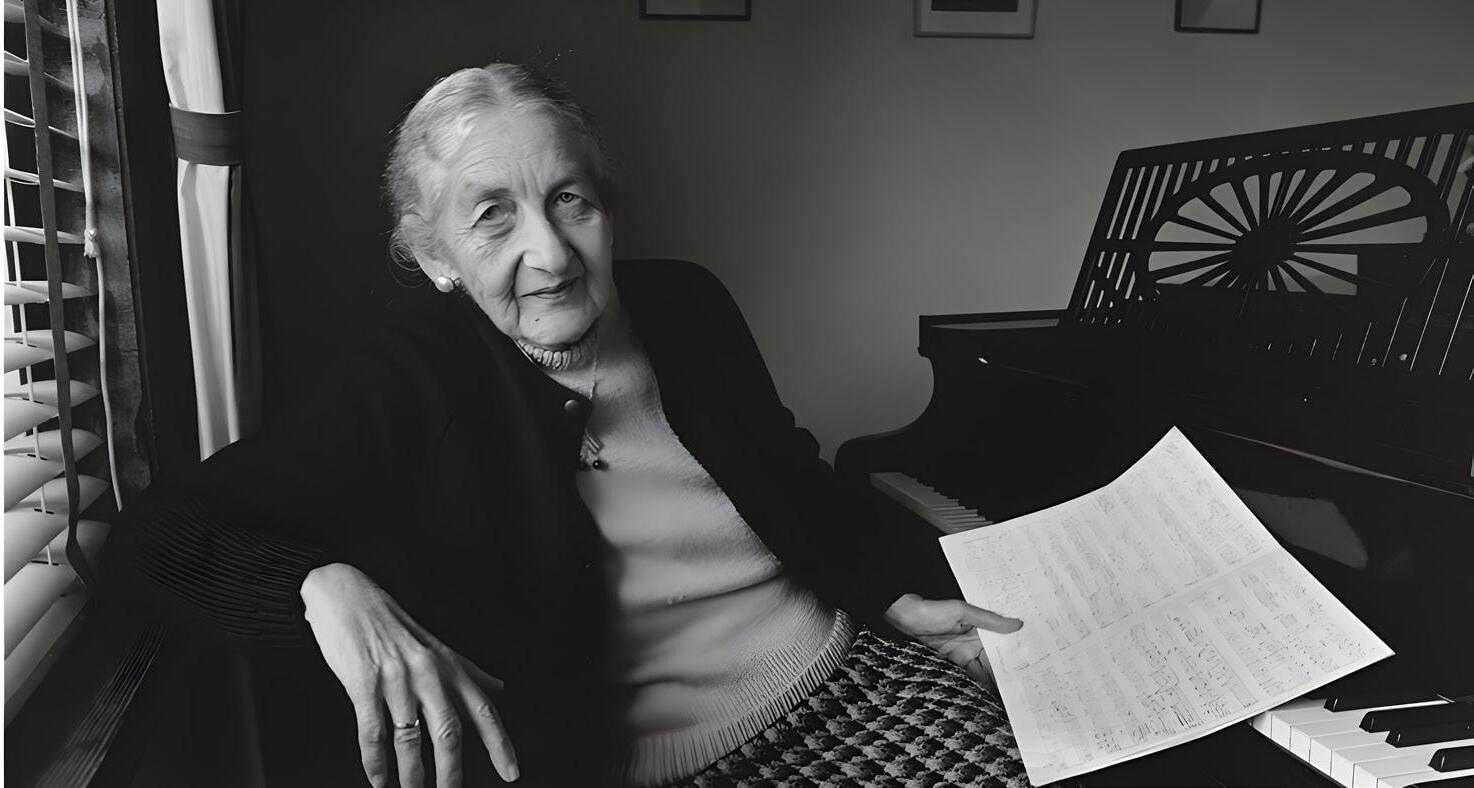
First and foremost, this work is dedicated to Kristen Scott. It stands as a reminder of a lifelong and strong friendship. Thank you for supporting me and being so wonderful.
I began writing this work in May of 2023; it was initially an improvisation for one viola. I then realised, after trying to write for solo viola, how difficult it was since it is such a unique instrument. I wanted to make the most of the technical and musical capabilities of the instrument, so I added another viola. With this addition, each motif seemed to make more sense and the music flowed. Centre for Two Violas explores self-centering and the beauty of
Sophia Mackson
Sophia Mackson is a Queensland-based composer, advocate, violist and educator. She completed her Bachelor of Music (Honours) degree in 2023 at The University of Queensland under the tutelage of Professor Patricia Pollett. Sophia actively works and composes for UQ’s Sketch ensemble, directed by Dr Robert Davidson. Sophia’s compositions have been described as sensitive in nature, with soaring melodic lines. She takes large inspiration from her own experiences in the world and uses composition as an outlet for creativity.
During her time at UQ, she composed works for the Sketch, including collaborative film scores for screenings of Dr. Caligari and Nosferatu. In 2019, Sophia was awarded the Music Prize for her String Quartet No. 1, Movement One at the NSW State Shakespeare Carnival, run by Sport for Jove. Sophia has also been a runner-up for the Percy Brier Composition Prize. In 2020, Sophia was fortunate to take part in the Hatched Home Academy with Ensemble Offspring.
Sophia has been interviewed by ABC Classic, ABC New England Northwest and ABC Brisbane. She has been lauded as a change-maker for those who are neurodiverse and experience disability
observing motion and unfolding events around you. In a sense, of just being allowed to exist.
I’ve always been inspired by Australian composers, having been surrounded by their music throughout my life. My teacher, Patricia Pollett, has been actively involved in advocating for Australian composition for the viola, including commissions, recordings and performances. Being able to take my work to our lessons was hugely thought-provoking and inspiring. The insights she gave helped to access more depth and meaning within the work.
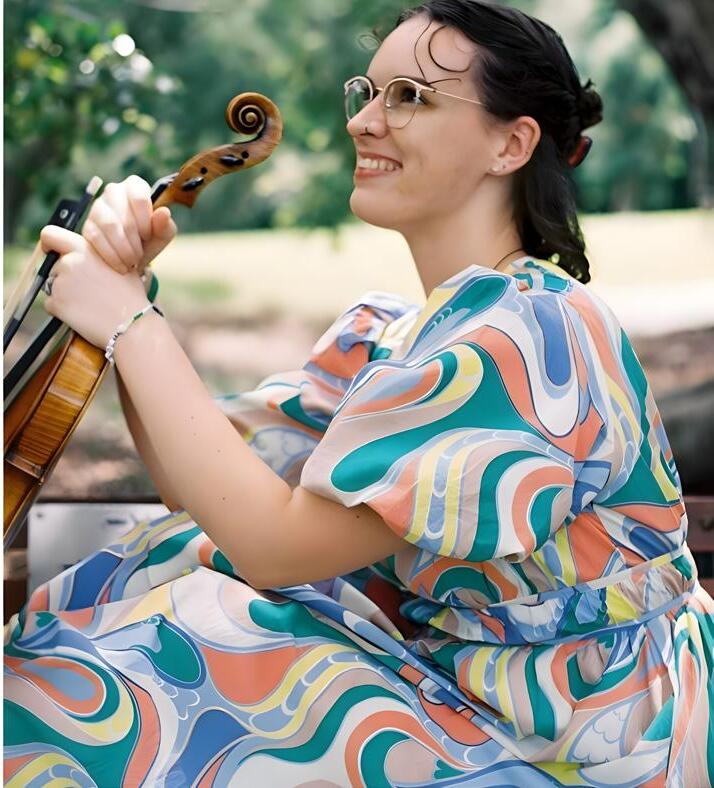
within the classical music industry. She continues to be a strong advocate, with her podcast “Onthe-Spot” featuring people who work in the arts that are neurodiverse and have disabilities. Sophia hopes to combine her composition skills with her experiences as a queer, genderqueer and neurodiverse musician to create works that speak to a large audience and evoke conversation.
Sophia Mackson
The Theme and Variations for Flute and String Quartet, written by Beach on commission from the San Francisco Chamber Music Society, is a glowing example of her gifts and appeal. It is an ambitious work, distinguished by Beach’s contrapuntal prowess and her wonderful ear for harmonic color. After the strings introduce the lyrical Romantic theme, the flute ushers in the first variation with an exotic-sounding, Debussy-like solo. The playful syncopated second variation is contrapuntally adroit, the waltz-like
third harmonically adventurous, and the fourth propelled by rapid triplets. The cello introduces the rich and expressive fifth variation, which features a return of the fourth variation’s triplets and of the flute’s opening solo. All the strands are tied together in the last variation, which begins with a cheerful fugue and closes, satisfyingly, with the original theme and the flute’s exotic song.
Barbara Leish
Amy Marcy Cheney Beach was an American composer and pianist and is considered one of the most respected and acclaimed American composers of her era. Her Gaelic Symphony (premiered in 1896) was the first symphony composed and published by an American woman. Beach was one of the first American composers to succeed without the benefit of European training. As a pianist, she was acclaimed for concerts she gave featuring her own music in the United States and in Germany.
At 18, Cheney married Dr Henry Beach, a doctor more than twice her age, who persuaded her to give up performing and focus on composing. She further agreed to limit performances to two public recitals per year, with profits donated to charity. After her husband died in 1910, she set off for Europe and, as Amy Beach, resumed her career as a highly successful soloist and composer. She returned to the United States at the outbreak of World War I and spent the rest of her life concertising, composing and supporting other female composers. In addition to her larger compositions, her prolific output included chamber works and art songs.

This work is the first movement in the Threat Suite composed by fourth-year student Winter Scott. The suite sheds light on the perceptions of the queer community in the wake of rising legal discrimination in the United Sates. Hauntingly depicting the feelings that drive prejudice, Scott takes us on an emotional journey from the perspective of those who hold prejudice against the queer community. These intense emotions give rise to action, and when these emotions and attitudes are not based in reality, they have disastrous consequences for the communities they target.
This movement takes the nursery rhyme ‘Ring Around the Rosie’ to unusual places. As a classic children’s song, it naturally evokes imagery of childlike innocence and playfulness. Its interpretation as related to the bubonic plague (while not based in truth) ties to how queerness is viewed as a social contagion sickening the youth. As queerness is perceived as a sexual deviance under heteronormativity, in which being cisgender and heterosexual are the norm, queer people are often conflated with other ‘sexual deviancies’ such as paedophilia.
Winter Scott
Winter Scott is a fourth-year student studying a Bachelor of Music (Honours) / Bachelor of Science degree, majoring in voice and psychology at The University of Queensland. She began her musical journey as a violinist and then moved to musical theatre and choral music. Composition has been a passion for Winter since late high school; this concert debuts her first live performance of a composition in public. Threat Suite was composed for assessment in a social psychology course to depict how perceived threats lead to discrimination in the context of anti-LGBT legislation in the United States.
Winter Scott

Farrenc’s Trio for flute, cello and piano, Op. 45 was published in 1862. It was her last chamber work and tonight, i. Allegro deciso and iii. Scherzo will be performed. The piece was dedicated to Louis Dorus who was the Professor of Flute at the Paris Conservatory at the time of publication. The trio has four movements and illustrates the impact Beethoven’s compositional style had on music of the Romantic era.
Louise Farrenc (1804-1875)
Louise Farrenc is remembered as both a talented musician and a powerful feminist figure. She showed talent in the arts from an early age and possessed professional-level piano skills by the time she was a teenager.
As a woman, Farrenc was forbidden from enrolling in traditional composition classes. To circumvent this rule, she took private lessons with Anton Reicha at the Paris Conservatory at 15 years of age. Afterwards, she maintained a highly successful career as a concert pianist and continued to write music. Her chamber compositions were particularly well-regarded by Parisian critics. The Académie des BeauxArts recognised this too, twice awarding her the Chartier Prize for chamber music composition.
In 1842, Farrenc became the first and only female professor at the Paris Conservatory in the nineteenth century. Despite being one of the greatest piano professors in Europe, she was paid much less than her male counterparts. Farrenc finally won her fight for equal pay when she made demands following the successful premiere of her nonet.
Corina Palafox
A short fanfare, Allegro deciso, leads to the attractive and dramatic main movement, Più moderato ed espressivo Scherzo is brilliantly conceived and restless. The flute and piano have running passages, while the cello plays long, sustained notes that create an important atmospheric function. In the trio section, the cello introduces a fine melody high in its tenor register.
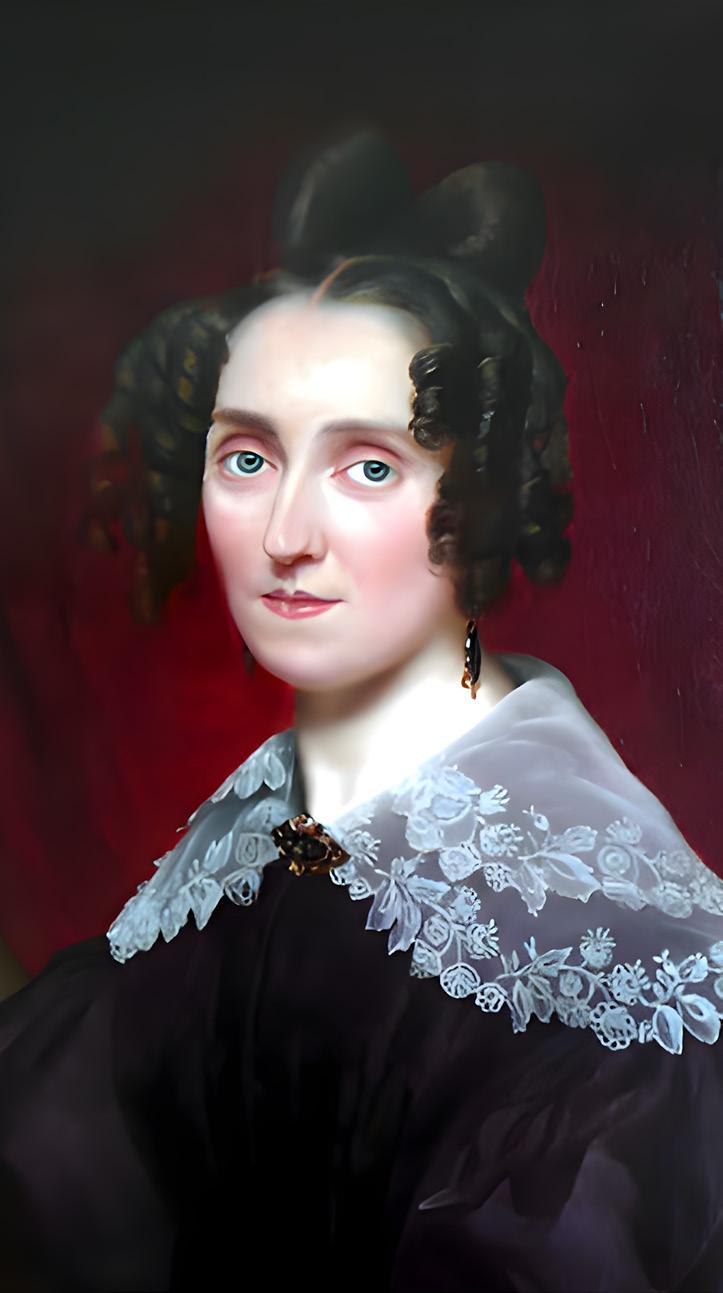
Romanze Op. 21 exemplifies Clara Schumann’s expertise as a composer, showcasing a delicate balance between lyricism and virtuosity. Written with deep emotional resonance, Romanze invites listeners into a world of reflection, where every phrase is filled with heartfelt expression.
Clara Schumann is regarded not only as one of the most prominent pianists of the Romantic era, but also as a gifted composer whose works have left an indelible mark in music history. As a performer, she maintained a 61-year concert career.
Schumann was instrumental in changing the program expected of concert pianists, by lessening the importance of purely virtuosic works. She was one of the first pianists to perform from memory, making it a standard practice in concerts. She promoted her husband’s (Robert Schumann) works tirelessly throughout her life, and was instrumental in getting his work recognised, appreciated and added to the repertoire.
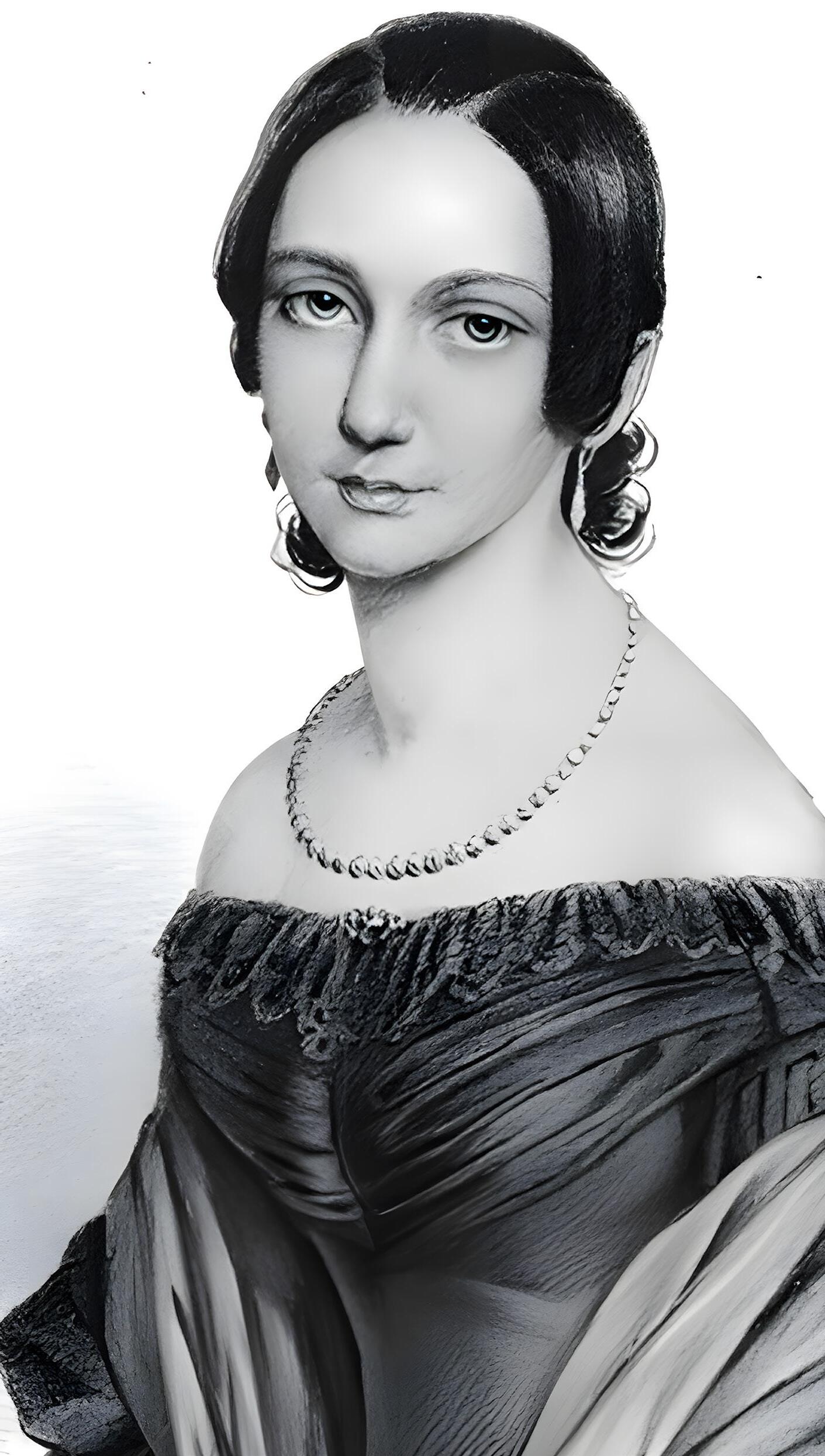
Greenaway’s Poems for cello and piano is comprised of three short movements inspired by the French mélodie pieces of Reynaldo Hahn. Profound in its simplicity, the work explores a vivid palette of tone colors, evoking moments of tenderness, sorrow, and peace. In Greenaway’s words, “every note has been carefully written
Sally Greenaway (b.1984)
Sally Greenaway is a multi-award-winning composer hailing from Canberra, Australia. A versatile and diverse musician in her own right, Greenaway has worked as a conductor/musical director, jazz and classical pianist, music lecturer/ teacher and composer/arranger.
Greenaway is a postgraduate from the Royal College of Music, London, where she studied composition and orchestration. She also graduated
to paint the warmth of expression”. Tonight will feature Poems II and III and be accompanied by spoken word poetry, written by Emily Winter, in response to learning and performing this exquisite piece.
Emily Winter
from the Australian National University (ANU) School of Music, specialising in jazz piano. A leading composer of her generation, Greenaway’s music delights audiences and musicians alike through its expression of our most intimate to grandiose experiences of our world, often with a strong focus on nature, the Australian landscape, and our shared humanity.
Sally Greenaway
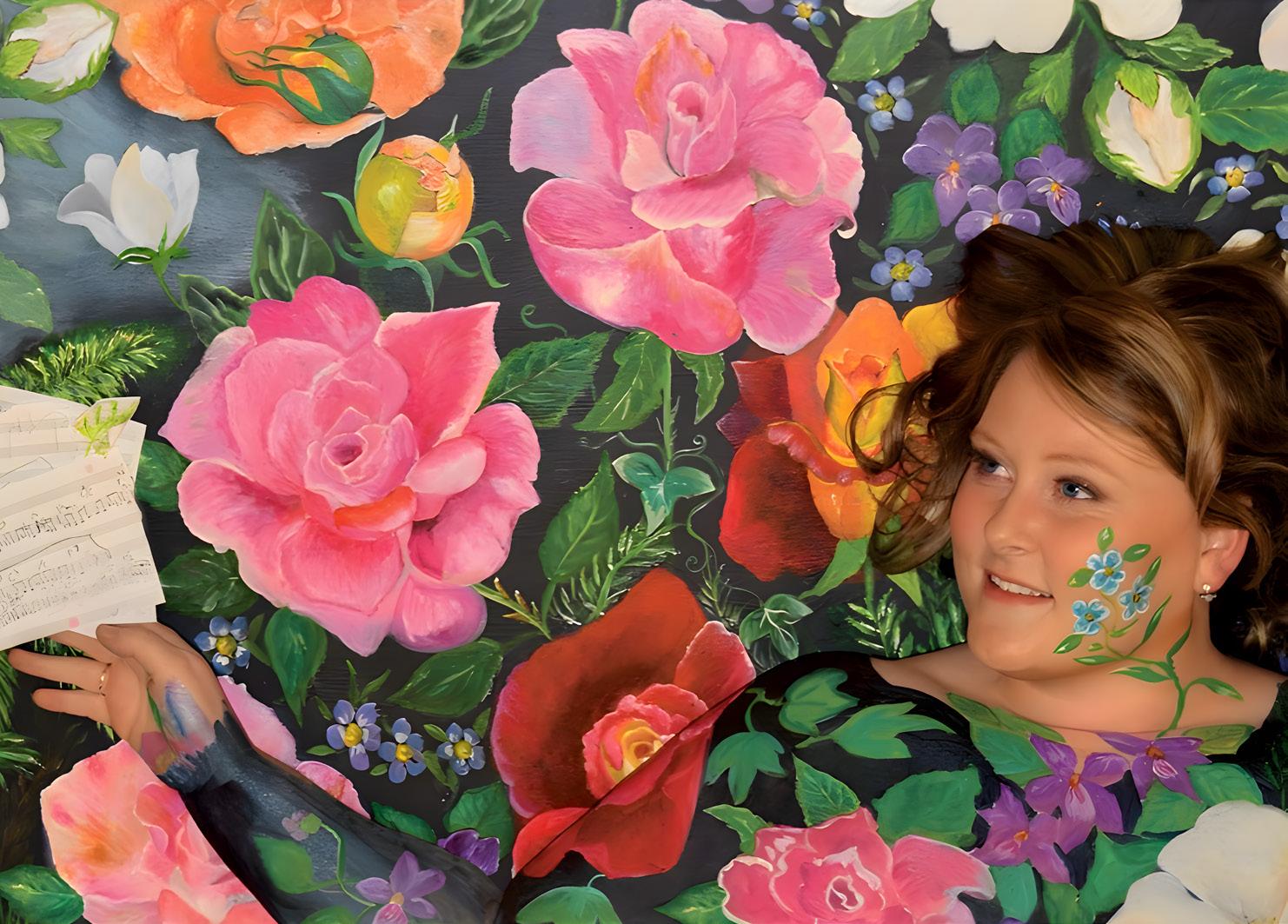
This suite features four pieces in traditional Gaelic style: rowdy, raw and rambunctious when fast, achingly personal when slow. The movements are entitled Ròs Bothan (Rose Cottage), Céile
Catherine McMichael (b. 1954)
Catherine McMichael is a pianist, arranger, composer, teacher and music publisher. She graduated from the University of Michigan with a Bachelor of Music in piano and later an Master of Music in chamber music and accompaniment.
Catherine’s commitment to making chamber and ensemble music available to young musicians has led her to compose and publish music for piano and strings, flute and harp, brass choir, piano duet and chorus. Her professional musical life in Saginaw, Michigan, encompasses teaching, performing and composing.
Teagamhach (The Doubtful Wife), Loch Solas (Lake Solace), and Gearr Riomball (Describe a Circle). Today the Jacaranda Flute Collective will perform the first two movements.
She directs the handbell choir at First United Methodist Church in Saginaw, is on the faculty of Saginaw Valley State University and is a clinician at workshops and institutes in North America and Australia. Her most popular work, An Gàëlic Tiodhlac (A Gaelic Offering) for flute quartet, has been played around the world.
Various authors
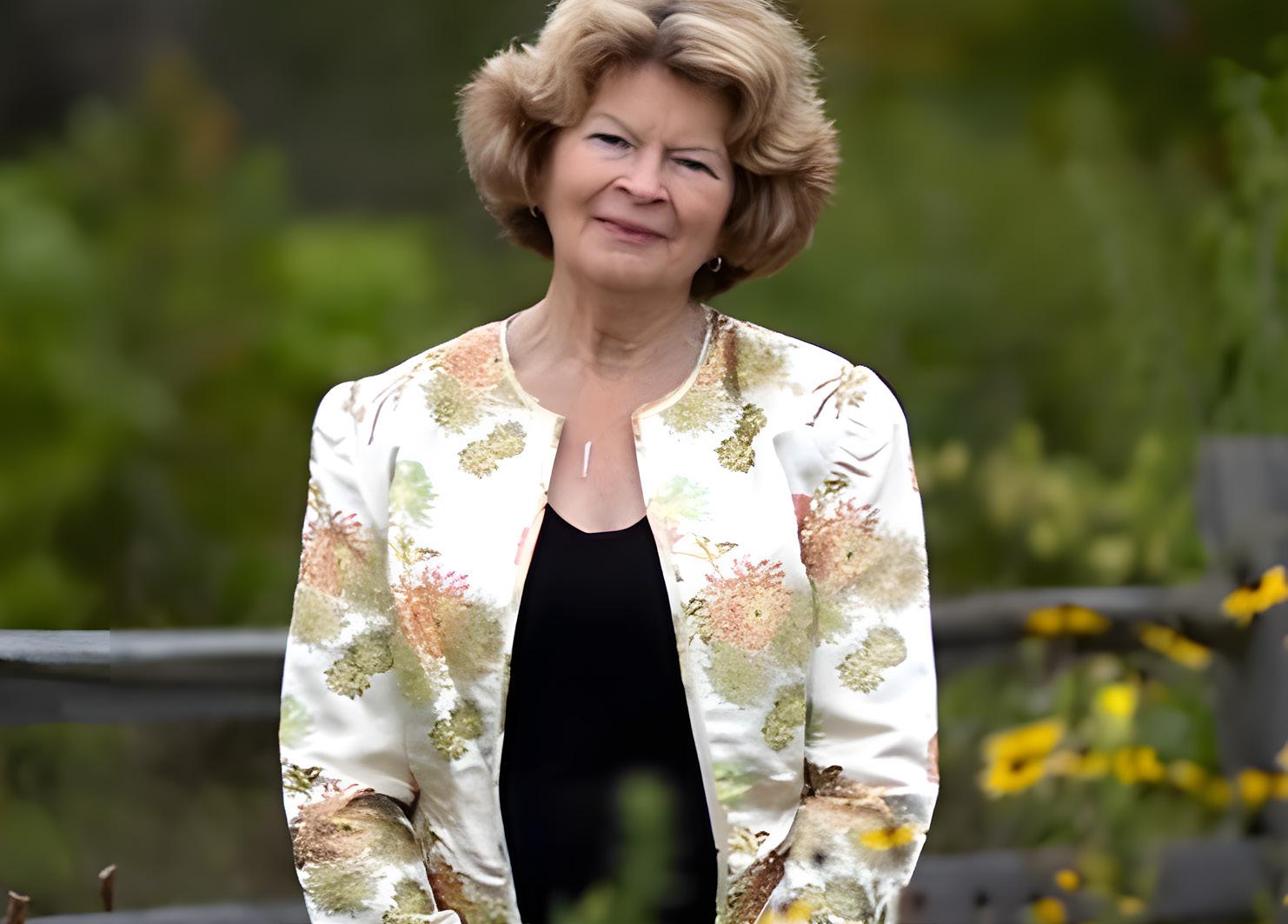
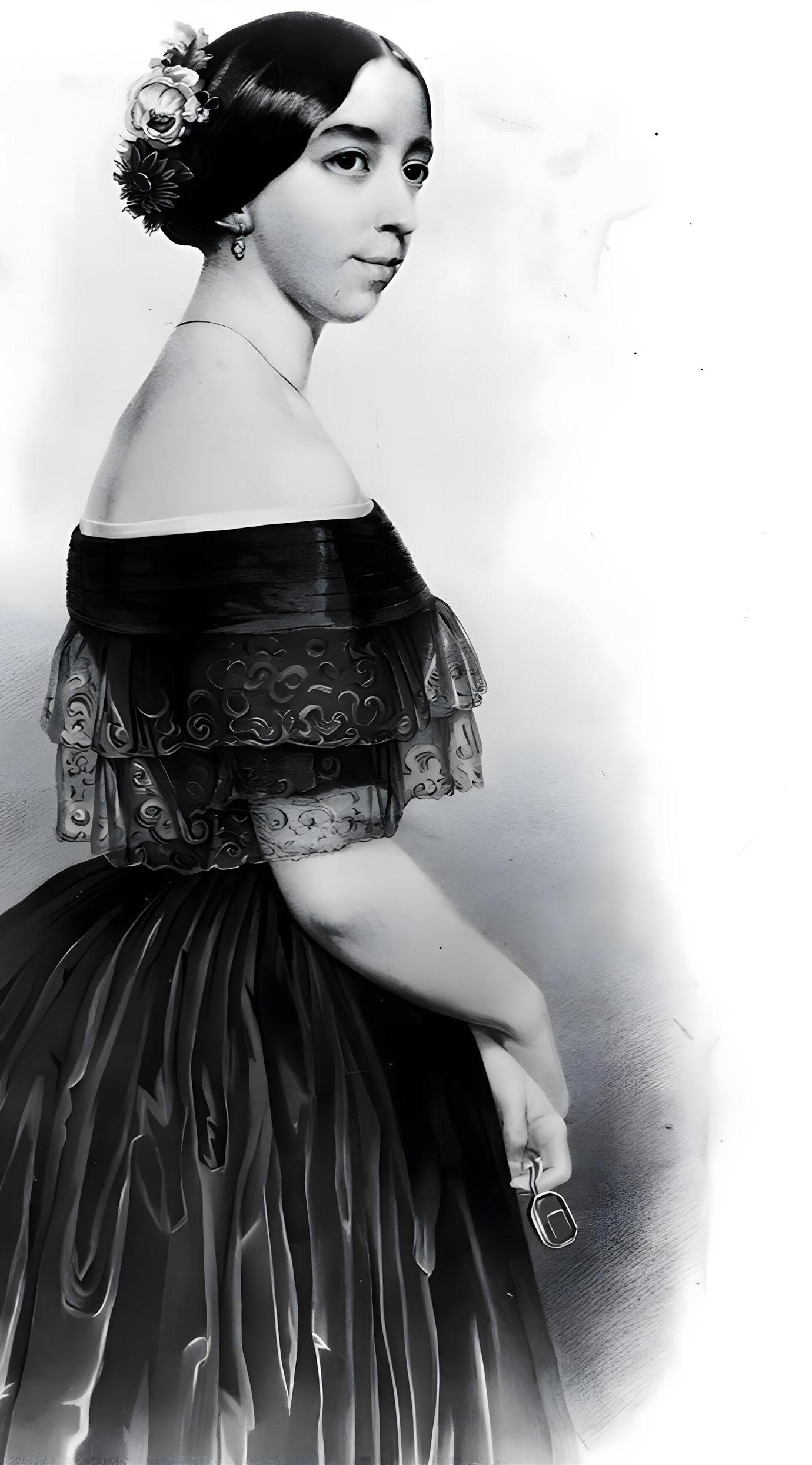
La Danse, originally composed by Frédéric Chopin for solo piano, is brought to life anew through Pauline Viardot’s arrangement, transforming it into a stunning vocal and piano duet that expresses the various moods of a night filled with drinking and dancing.
Viardot was a prominent figure in the musical landscape of the 19th century. Trained as a pianist before transitioning to a celebrated mezzo-soprano after the deaths of her father and singer-sister, she achieved fame across Europe and Russia. Viardot’s musical prowess extended beyond her vocal talents; she was also a prolific composer, known for her songs and arrangements of instrumental works, notably Chopin’s Mazurkas.
The March of the Women was composed in 1910 to words by Cicely Hamilton. It became the official anthem of the Women’s Social and Political Union (WSPU) and more widely the anthem of the women’s suffrage movement throughout the United Kingdom and beyond. Activists sang it not only at rallies but also in prison while they were on hunger strike.
Ethel Smyth (1858-1944)
See page 5 for a full biography.
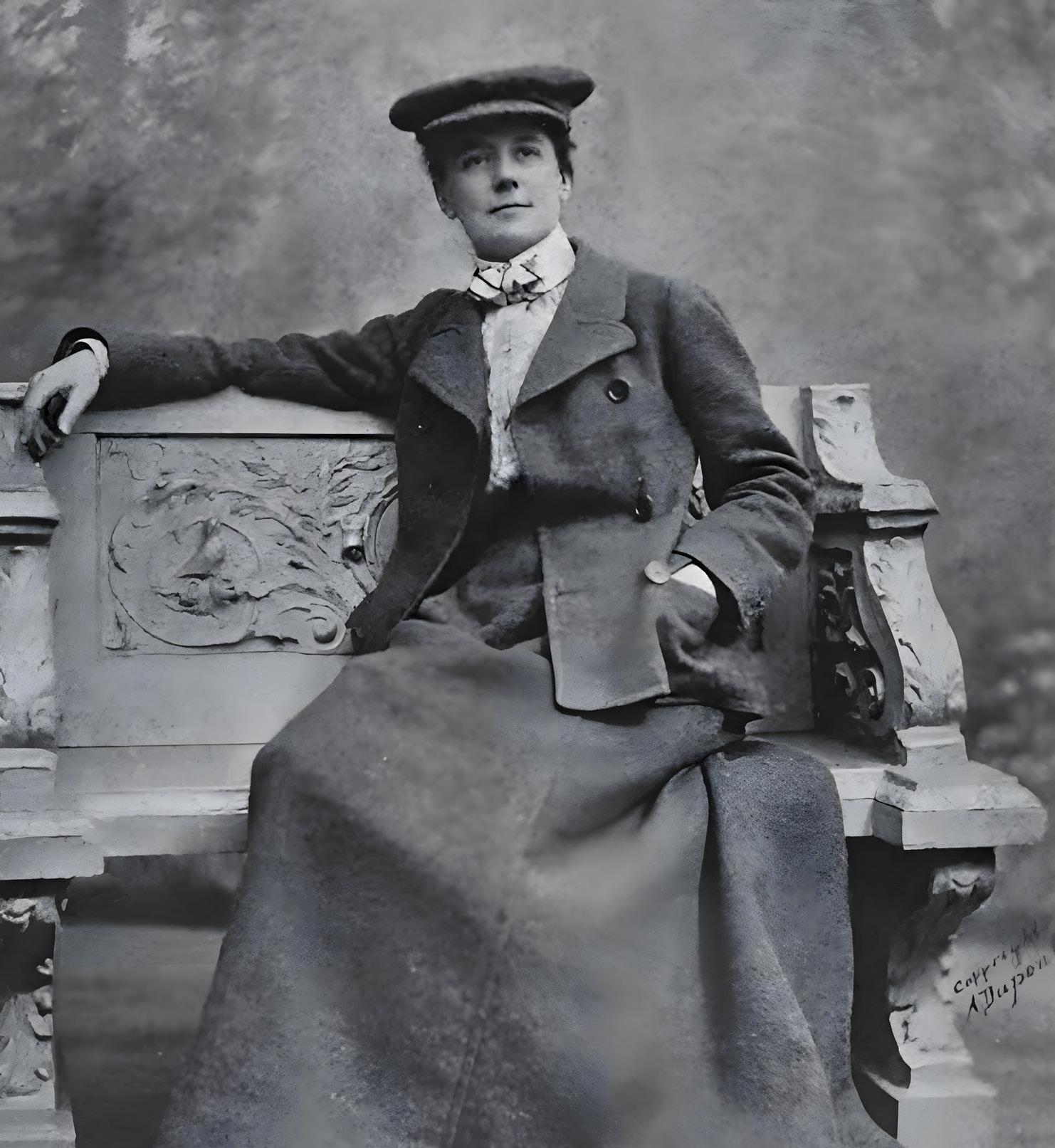


9:30am, 3 July • Nickson Room
More info

1pm, 25 July • Nickson Room
More info
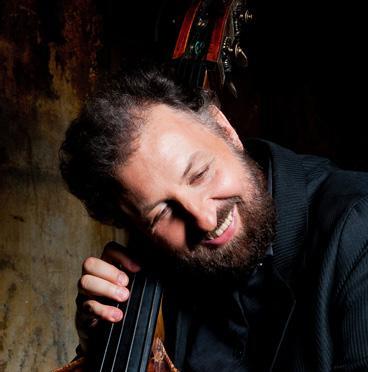
1pm, 1 August • Nickson Room
More info
Embark on a journey into the enchanting world of flute at our July Discovery Day, designed for high school students of AMEB Grade 6 and above. This event offers a unique opportunity to extend your flute playing skills with the guidance of industry musicians.
With three solos and an epic 30-minute trio, Xanadu Sky is a journey through shifting patterns that slowly evolve like a hypnotic dusk horizon. Hear every subtle sonority of the double bass, percussion and piano as they each take their turn in the spotlight as soloists and join forces as a meticulous musical machine.
Robert Davidson presents a collection of his compositions, with a focus on those deriving their melodies from the intonation in speech recordings, as well as selections from his ongoing collection of piano solo works.
The University of Queensland (UQ) acknowledges the Traditional Owners and their custodianship of the lands on which UQ operates. We pay our respects to their Ancestors and their descendants, who continue cultural and spiritual connections to Country. We recognise their valuable contributions to Australian and global society.